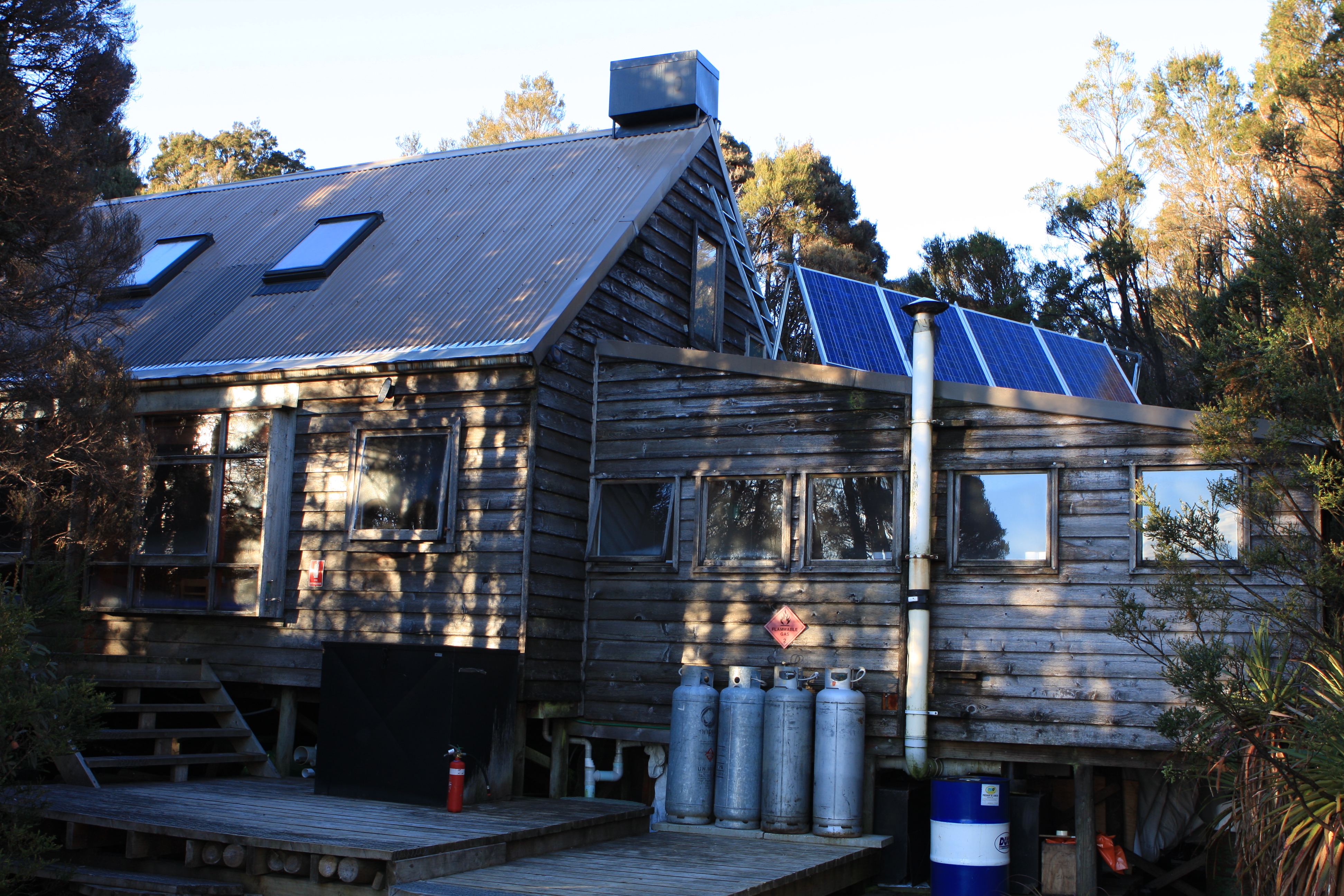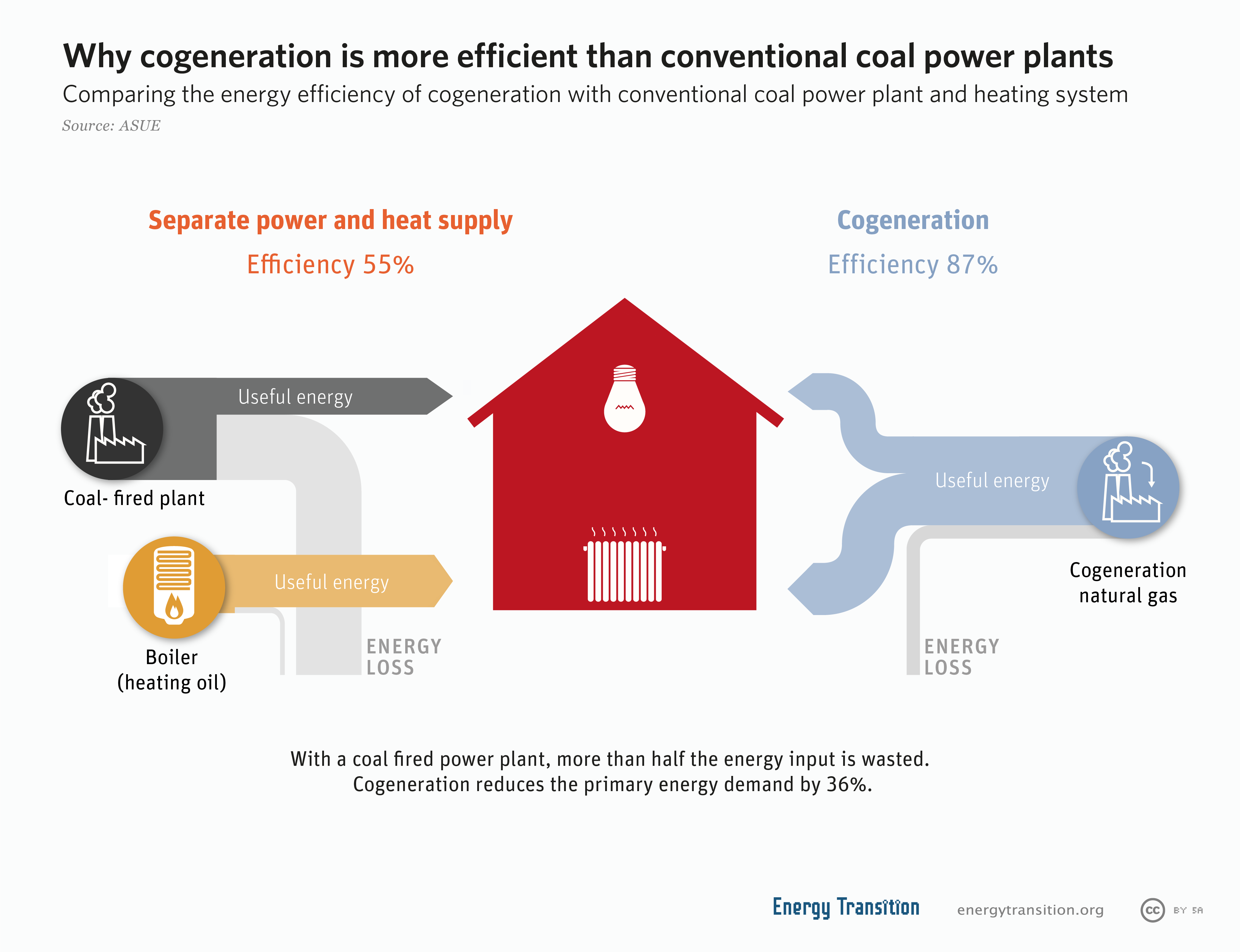|
Autoproducers
A captive power plant, also called autoproducer or embedded generation, is an electricity generation facility used and managed by an industrial or commercial energy user for their own energy consumption. Captive power plants can operate off-grid or they can be connected to the electric grid to exchange excess generation. Captive power plants are generally used by power-intensive industries where continuity and quality of energy supply are crucial, such as aluminum smelters, steel plants, chemical plants, etc. However, the radical cost declines for solar power systems have enabled the opportunity for less energy intensive industries to economically Grid defection, grid defect by coupling solar PV with generators or cogeneration units along with electrical battery, battery systems. See also *Distributed generation *Prosumer References Power stations {{powerstation-stub ... [...More Info...] [...Related Items...] OR: [Wikipedia] [Google] [Baidu] |
Electricity Generation
Electricity generation is the process of generating electric power from sources of primary energy. For electric utility, utilities in the electric power industry, it is the stage prior to its Electricity delivery, delivery (Electric power transmission, transmission, Electric power distribution, distribution, etc.) to end users or its Grid energy storage, storage (using, for example, the Pumped-storage hydroelectricity, pumped-storage method). Electricity is not freely available in nature, so it must be "produced" (that is, transforming other forms of energy to electricity). Production is carried out in power stations (also called "power plants"). Electricity is most often generated at a power plant by electromechanical electric generator, generators, primarily driven by heat engines fueled by combustion or nuclear fission but also by other means such as the kinetic energy of flowing water and wind. Other energy sources include solar photovoltaics and geothermal power. There are al ... [...More Info...] [...Related Items...] OR: [Wikipedia] [Google] [Baidu] |
Off-grid
Off-the-grid or off-grid is a characteristic of buildings and a lifestyle designed in an independent manner without reliance on one or more public utilities. The term "off-the-grid" traditionally refers to not being connected to the electrical grid, but can also include other utilities like water, gas, and sewer systems, and can scale from residential homes to small communities. Off-the-grid living allows for buildings and people to be self-sufficient, which is advantageous in isolated locations where normal utilities cannot reach and is attractive to those who want to reduce environmental impact and cost of living. Generally, an off-grid building must be able to supply energy and potable water for itself, as well as manage food, waste and wastewater. Energy Energy for electrical power and heating can be generated on-site with renewable energy sources such as solar (particularly with photovoltaics), wind, or micro hydro. Additional forms of energy include biomass, commonly in th ... [...More Info...] [...Related Items...] OR: [Wikipedia] [Google] [Baidu] |
Aluminum Smelter
Aluminium (aluminum in AmE, American and CanE, Canadian English) is a chemical element with the Symbol (chemistry), symbol Al and atomic number 13. Aluminium has a density lower than those of other common metals, at approximately one third that of steel. It has a great affinity towards oxygen, and Passivation (chemistry), forms a protective layer of Aluminium oxide, oxide on the surface when exposed to air. Aluminium visually resembles silver, both in its color and in its great ability to reflect light. It is soft, Magnetism, non-magnetic and ductility, ductile. It has one stable isotope, 27Al; this isotope is very common, making aluminium the twelfth most common element in the Universe. The radioactivity of Aluminum-26, 26Al is used in Radiometric dating, radiodating. Chemically, aluminium is a post-transition metal in the boron group; as is common for the group, aluminium forms compounds primarily in the +3 oxidation state. The aluminium cation Al3+ is small and h ... [...More Info...] [...Related Items...] OR: [Wikipedia] [Google] [Baidu] |
Steel Plant
A steel mill or steelworks is an industrial plant for the manufacture of steel. It may be an integrated steel works carrying out all steps of steelmaking from smelting iron ore to rolled product, but may also be a plant where steel semi-finished casting products are made from molten pig iron or from scrap. History Since the invention of the Bessemer process, steel mills have replaced ironworks, based on puddling or fining methods. New ways to produce steel appeared later: from scrap melted in an electric arc furnace and, more recently, from direct reduced iron processes. In the late 19th and early 20th centuries the world's largest steel mill was the Barrow Hematite Steel Company steelworks located in Barrow-in-Furness, United Kingdom. Today, the world's largest steel mill is in Gwangyang, South Korea. [...More Info...] [...Related Items...] OR: [Wikipedia] [Google] [Baidu] |
Chemical Plant
A chemical plant is an industrial process plant that manufactures (or otherwise processes) chemicals, usually on a large scale. The general objective of a chemical plant is to create new material wealth via the chemical or biological transformation and or separation of materials. Chemical plants use specialized equipment, units, and technology in the manufacturing process. Other kinds of plants, such as polymer, pharmaceutical, food, and some beverage production facilities, power plants, oil refineries or other refineries, natural gas processing and biochemical plants, water and wastewater treatment, and pollution control equipment use many technologies that have similarities to chemical plant technology such as fluid systems and chemical reactor systems. Some would consider an oil refinery or a pharmaceutical or polymer manufacturer to be effectively a chemical plant. Petrochemical plants (plants using chemicals from petroleum as a raw material or '' feedstock'') are usual ... [...More Info...] [...Related Items...] OR: [Wikipedia] [Google] [Baidu] |
Solar Power
Solar power is the conversion of energy from sunlight into electricity, either directly using photovoltaics (PV) or indirectly using concentrated solar power. Photovoltaic cells convert light into an electric current using the photovoltaic effect. Concentrated solar power systems use lenses or mirrors and solar tracking systems to focus a large area of sunlight to a hot spot, often to drive a steam turbine. Photovoltaics were initially solely used as a source of electricity for small and medium-sized applications, from the calculator powered by a single solar cell to remote homes powered by an off-grid rooftop PV system. Commercial concentrated solar power plants were first developed in the 1980s. Since then, as the cost of solar electricity has fallen, grid-connected solar PV systems have grown more or less exponentially. Millions of installations and gigawatt-scale photovoltaic power stations continue to be built, with half of new generation capacity being solar in 2021. ... [...More Info...] [...Related Items...] OR: [Wikipedia] [Google] [Baidu] |
Grid Defection
An electrical grid is an interconnected network for electricity delivery from producers to consumers. Electrical grids vary in size and can cover whole countries or continents. It consists of:Kaplan, S. M. (2009). Smart Grid. Electrical Power Transmission: Background and Policy Issues. The Capital.Net, Government Series. Pp. 1-42. * power stations: often located near energy and away from heavily populated areas * electrical substations to step voltage up or down * electric power transmission to carry power long distances * electric power distribution to individual customers, where voltage is stepped down again to the required service voltage(s). Grids are nearly always synchronous, meaning all distribution areas operate with three phase alternating current (AC) frequencies synchronized (so that voltage swings occur at almost the same time). This allows transmission of AC power throughout the area, connecting a large number of electricity generators and consumers and potential ... [...More Info...] [...Related Items...] OR: [Wikipedia] [Google] [Baidu] |
Cogeneration
Cogeneration or combined heat and power (CHP) is the use of a heat engine or power station to generate electricity and useful heat at the same time. Cogeneration is a more efficient use of fuel or heat, because otherwise- wasted heat from electricity generation is put to some productive use. Combined heat and power (CHP) plants recover otherwise wasted thermal energy for heating. This is also called combined heat and power district heating. Small CHP plants are an example of decentralized energy. By-product heat at moderate temperatures (100–180 °C, 212–356 °F) can also be used in absorption refrigerators for cooling. The supply of high-temperature heat first drives a gas or steam turbine-powered generator. The resulting low-temperature waste heat is then used for water or space heating. At smaller scales (typically below 1 MW), a gas engine or diesel engine may be used. Cogeneration is also common with geothermal power plants as they often produce relatively lo ... [...More Info...] [...Related Items...] OR: [Wikipedia] [Google] [Baidu] |
Electrical Battery
An electric battery is a source of electric power consisting of one or more electrochemical cells with external connections for powering electrical devices. When a battery is supplying power, its positive terminal is the cathode and its negative terminal is the anode. The terminal marked negative is the source of electrons that will flow through an external electric circuit to the positive terminal. When a battery is connected to an external electric load, a redox reaction converts high-energy reactants to lower-energy products, and the free-energy difference is delivered to the external circuit as electrical energy. Historically the term "battery" specifically referred to a device composed of multiple cells; however, the usage has evolved to include devices composed of a single cell. Primary (single-use or "disposable") batteries are used once and discarded, as the electrode materials are irreversibly changed during discharge; a common example is the alkaline battery used fo ... [...More Info...] [...Related Items...] OR: [Wikipedia] [Google] [Baidu] |
Distributed Generation
Distributed generation, also distributed energy, on-site generation (OSG), or district/decentralized energy, is electrical generation and storage performed by a variety of small, grid-connected or distribution system-connected devices referred to as distributed energy resources (DER). Conventional power stations, such as coal-fired, gas, and nuclear powered plants, as well as hydroelectric dams and large-scale solar power stations, are centralized and often require electric energy to be transmitted over long distances. By contrast, DER systems are decentralized, modular, and more flexible technologies that are located close to the load they serve, albeit having capacities of only 10 megawatts (MW) or less. These systems can comprise multiple generation and storage components; in this instance, they are referred to as hybrid power systems. DER systems typically use renewable energy sources, including small hydro, biomass, biogas, solar power, wind power, and geothermal power, an ... [...More Info...] [...Related Items...] OR: [Wikipedia] [Google] [Baidu] |
Prosumer
A prosumer is an individual who both consumes and produces. The term is a portmanteau of the words '' producer'' and ''consumer''. Research has identified six types of prosumers: DIY prosumers, self-service prosumers, customizing prosumers, collaborative prosumers, monetised prosumers, and economic prosumers. The terms ''prosumer'' and ''prosumption'' were coined in 1980 by American futurist Alvin Toffler, and were widely used by many technology writers of the time. Technological breakthrough and a rise in user participation blurs the line between production and consumption activities, with the consumer becoming a prosumer. Definitions and contexts Prosumers have been defined as "individuals who consume and produce value, either for self-consumption or consumption by others, and can receive implicit or explicit incentives from organizations involved in the exchange." The term has since come to refer to a person using commons-based peer production. In the digital and online wo ... [...More Info...] [...Related Items...] OR: [Wikipedia] [Google] [Baidu] |





